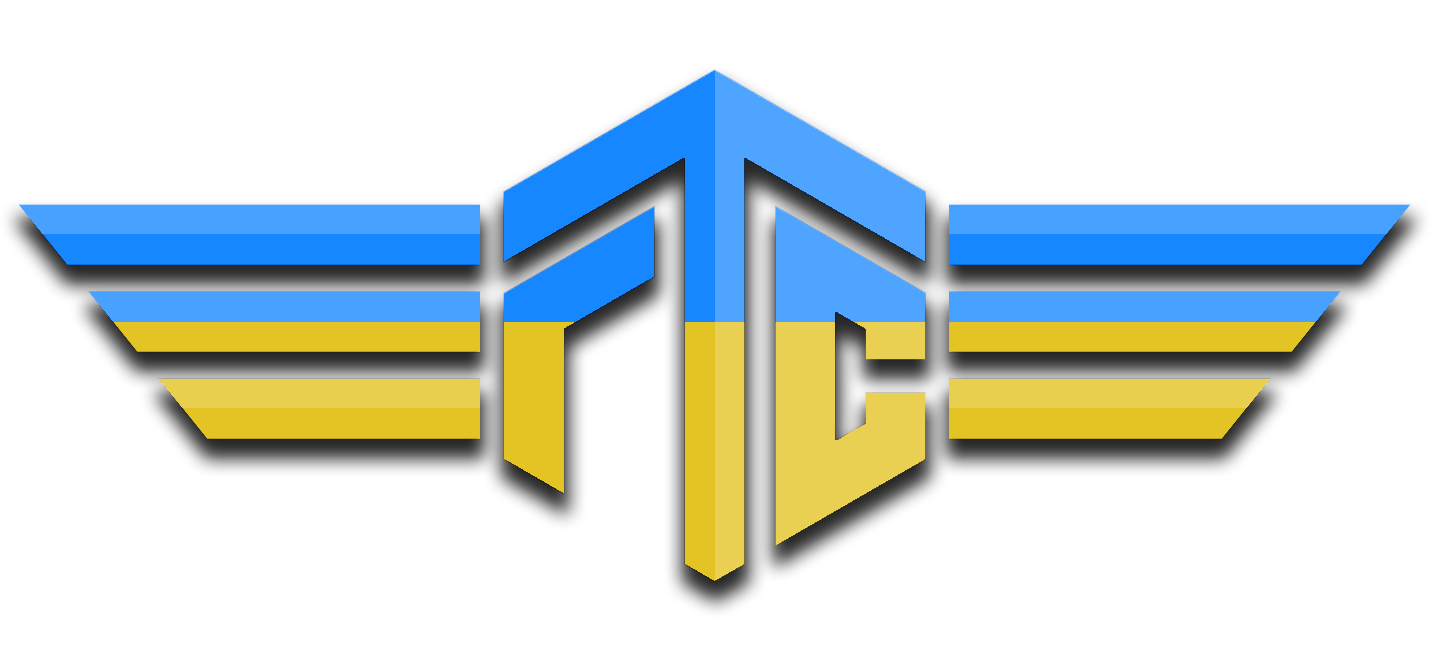I have been meaning to start writing a series such as this, but other stuff has always come in between. I will try to take the first stab here and let’s see how it goes.
The purpose is to share some of the workings of the campaign team with the wider community, provide some interesting facts and background about our campaign and maybe motivate people to participate in the process!
After deciding to focus the initial Act of the Autumn 1944 campaign on Operation Market Garden, the campaign team needed to prepare a „base map“ to host the missions on. Something on top of which, specific targets can be built for each mission.
Initial review of the default IL-2 Sturmovik: Battle of Bodenplatte map has revealed some major omissions and things missing, for example the towns of Osterbeek and Groesbeek and even several important parts of the Club Road / Hell’s Highway from Lommel up to Arnhem. Furthermore the map obviously was in pristine condition including undamaged towns, intact buildings on airfields, key bridges and no signs of war.
The first order of business was therefore to prepare the map and to shape it appropriately, focusing on areas with expected overfly by players in each mission. The historical research covered the shape and status of key towns and cities, the status of the various bridges in the battle zone and the condition of airfields.
On the subject of towns and cities, we did research across Belgium, Holland and Germany. We only covered the primary areas and obviously left the towns far away either unchanged or removed the buildings altogether to reduce the workload for the server.
Some examples of how it then was transported on the map:
- Nijmegen (1117.8) – the center of the city was hit by the USAAF in February ’44 destroying the railway station and most of the city center, thus giving => 50% destruction around the main train station.
- Antwerpen (1707.4) – the Allies bombed the industrial centers (ERLA, Ford, General Motors) & harbour several times, further damage occurred in October ’44 due to V rocket attacks, giving => 50% destruction on those areas of the city.
Such changes added considerable immersion, so that the player does not fly over a totally undamaged Cologne. The damage follows the action in a sense too.
The next step was the bridges. We focused on the bridges across the front line (Belgium-Holland) and within the area that XXX Corps pushed through. Some bridges were set to destroyed status, based on records and a running list was maintained through the missions of the first Act as some bridges were blown up by the Germans only after the initial landings on the 17th. This hopefully relates to the logic of capturing the strategically important bridges as a major component of Operation Market Garden.
Now to the airfields. Here the Battle of Bodenplatte map has too many fields. This reflects the huge amount of work the Allies invested across Holland and Belgium after capturing the area. Therefore, a lot of work had to go into cleaning up all the airfields that had no infrastructure at all on them in September 1944 or, more importantly, to correctly show the status of the airfields which were abandoned by the Germans. These fields were heavily bombed by the Allies and then also demolished by special crews ahead of the retreat.
Absolutely superb work was done on the Deelen airfield which suffered massive attacks by Allies and hence looked like this:


This was then used somewhat as a template. See below for examples of some outcomes for the airfields based on research:
- B-78 Eindhoven (1514.4) – attacked multiple times by Allied bombers before September ’44, demolitions carried out in preparation for evacuation on September 5, meaning => 90-100% destroyed with bomb craters, similar to Deelen.
- B-80 Volkel (1316.7) – attacked multiple times by Allied bombers before September 44, and 5-15 September ’44, the airfield infrastructure was blown up, with demolition teams and remaining personnel withdrawing, meaning => 90-100% destroyed with bomb craters similar to Deelen.
In conclusion, I think this provides one of the major immersion factors and makes for a consistent backdrop, especially as the Allies started moving their airfields up north as new locations got captured.
Eindhoven was bombed and damaged from Mission 1 of the campaign, and then cleaned up to host a squadron of Typhoons now (28 September). It would have looked a bit odd to have it in undamaged condition and then have it all damaged when it becomes operational.
This work has been mostly covered by Snowy who started working on the map in August and had invested a huge amount of time to make the base map look and feel like a fair representation of Holland in Autumn 1944.

